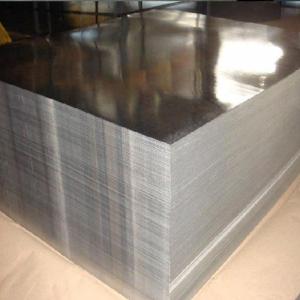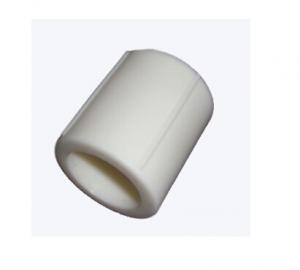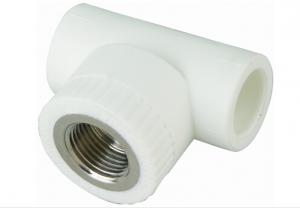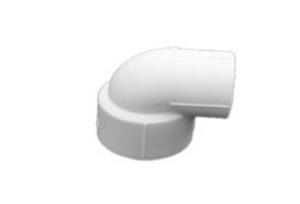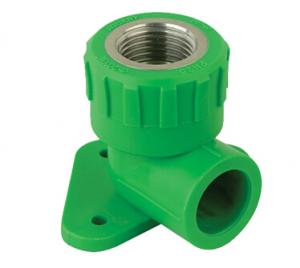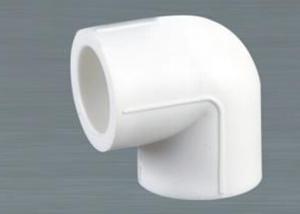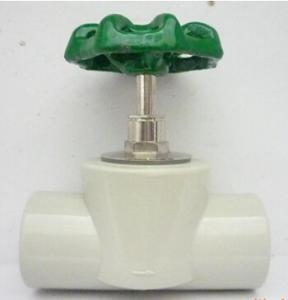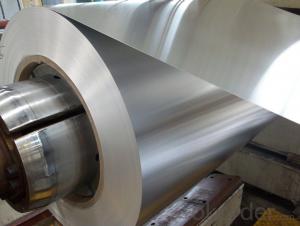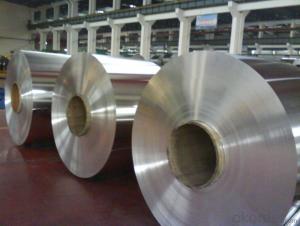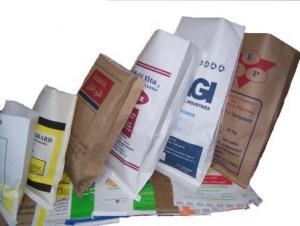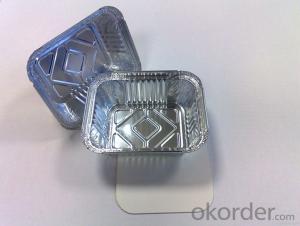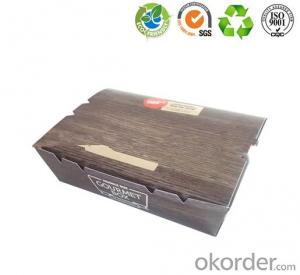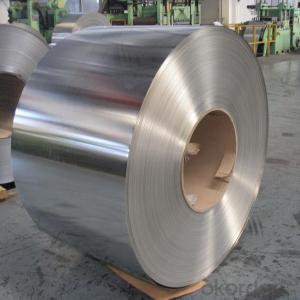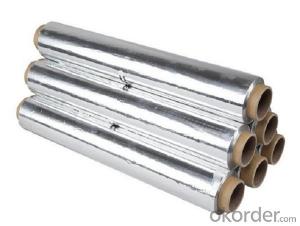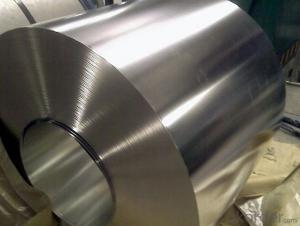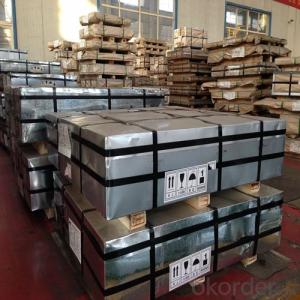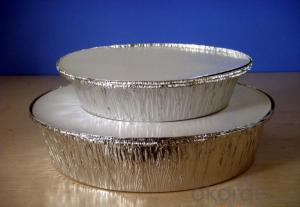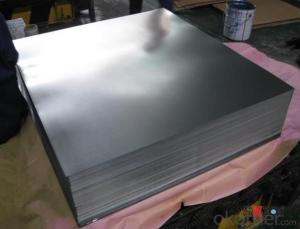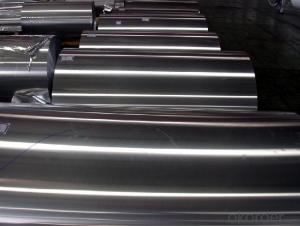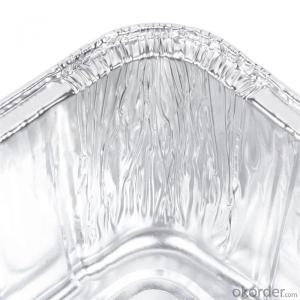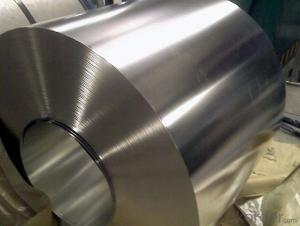Tinplate Food Packaging
Tinplate Food Packaging Related Searches
Packaging Tape Art Packaging Tape Dark Wood Material Table Protection Film Furniture Packaging Materials Frost King Window Film Geocomposite Drainage Material Geomembrane Material Noise Absorbing Material Bike Paint Protection FilmHot Searches
Inverter Size For Solar System Solar Panel Inverter Size Cost Of Drywall Per Sheet Large Size Aluminum Foil Aluminum Foil Market Size Solar Inverter Market Size Solar Inverter Size Chart Solar Inverter Size 1 2 Inch Type X Drywall Cost Of Drywall 1 2 Type X Drywall Geomembrane Market Size Geogrid Aperture Size Drywall Corner Bead Types Tinplate China Tinplate Stock Price Tata Tinplate Price List Tinplate Price Trend Tinplate Nse Share Price Tinplate Price ChartTinplate Food Packaging Supplier & Manufacturer from China
Okorder.com is a professional Tinplate Food Packaging supplier & manufacturer, offers integrated one-stop services including real-time quoting and online cargo tracking. We are funded by CNBM Group, a Fortune 500 enterprise and the largest Tinplate Food Packaging firm in China.Hot Products
FAQ
- Yes, tinplate can be used in extreme temperatures. Tinplate is known for its excellent heat resistance properties, making it suitable for applications in extreme temperatures. The tin coating on the steel substrate provides protection against corrosion and helps maintain the structural integrity of the tinplate even in high or low temperature environments.
- What material is the tin plate, please?
- This kind of galvanized steel in a long time Chinese called "tin", some people think that the tin plate cans was made from the Guangdong province of Macao (English Macao for tinplate imports, readable) so called "tin". There are also other claims, such as Chinese used this lamp of kerosene tin plate manufacturing, shaped like a horse, so called "tin". The name "tin" not exactly, therefore, 1973 Chinese meeting has been upgraded to tin plate tin plate, the official documents will no longer use the name "tin".
- Yes, tinplate packaging can be used for automotive products. Tinplate is a versatile and durable material that provides excellent protection for automotive parts and components. It is commonly used for packaging automotive products such as lubricants, chemicals, and small parts. Tinplate packaging offers good resistance against corrosion, impact, and tampering, making it suitable for automotive industry requirements.
- What do tinplate do?
- Maguchi Tetsuya is called tinplate, national standard GB2520:2008, is cold-rolled sheet steel, every square plated with commercial 1.1 g, 2.8g, 5.6g, 8.4g, 11.2gFor use, it can be used in food cans, beverage cans, chemical barrels, milk cans, electronic components, etc., is a widely used packaging materials.
- The cost considerations of using tinplate packaging include the price of the raw materials, production expenses, transportation costs, and potential waste management expenses. Additionally, the durability and reusability of tinplate packaging should be considered as they can impact long-term costs.
- Using tinplate for electrical components offers several benefits. Firstly, tinplate is highly corrosion-resistant, which helps protect the components from moisture and other environmental factors that can cause damage. Additionally, tinplate has excellent electrical conductivity, ensuring efficient and reliable performance of the electrical components. Moreover, tinplate is lightweight and durable, making it suitable for various applications. Lastly, tinplate is cost-effective, as it is readily available and its production process is relatively inexpensive. Overall, these advantages make tinplate a preferred choice for electrical components.



